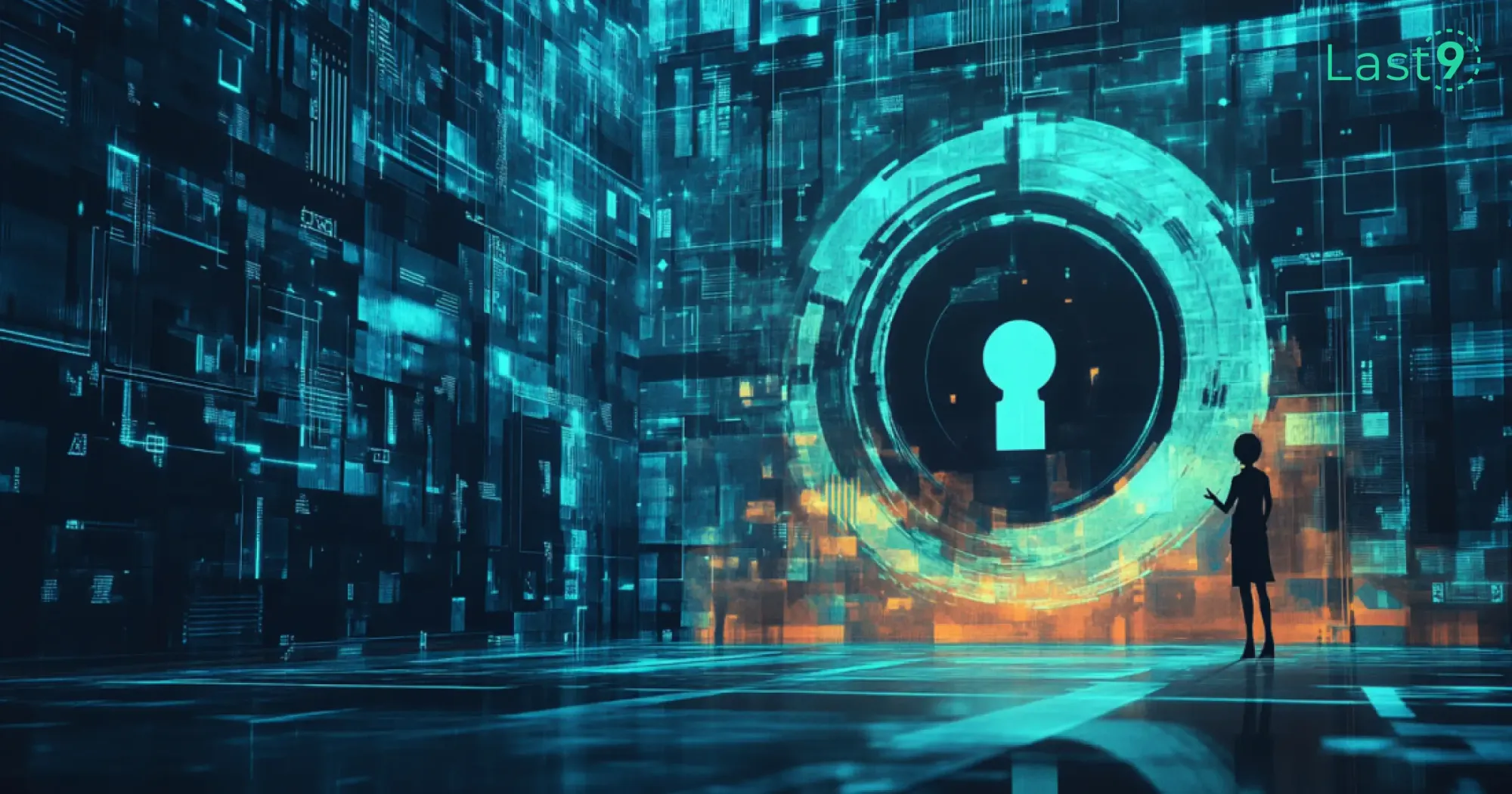Look, I get it. You're sitting there, staring at your OpenTelemetry Collector config file, making what you think is a tiny change to improve your centralized logging collection. You hit save, and then... the dreaded restart.
Your observability pipeline goes dark for a few seconds (or, worse, minutes), and you're left wondering if this is the best we can do in 2024. Spoiler alert: it's not.
The last time you had to tweak that sampling rate or adjust a filter before sending data to otlp.last9.io?
Yeah, it probably involved a full-service restart, a few moments of panic, and a silent prayer to the DevOps gods. But what if I told you there's a way to apply those changes without nuking your entire data flow?
Now, I know what you're thinking. "This sounds too good to be true. What's the catch?" Well, my skeptical friend, the catch is that you need to set it up correctly. But fear not, for I shall guide you through the treacherous waters of configuration management.
Why Use Hot Reloading for OpenTelemetry Collector
With hot reloading, you can make that change and apply it instantly. No downtime, no data loss, and no cold sweats. It's just smooth, uninterrupted observability. Sounds too good? It's just good engineering.
Hot reloading brings several benefits to the table:
- Zero downtime updates
- Instant application of configuration changes
- Continuous data flow, even during updates
- Reduced risk of data loss during configuration changes
How to Set Up Hot Reloading for OpenTelemetry Collector
The OpenTelemetry Collector supports hot reloading after receiving a SIGHUP signal. Here is the pull request that added this support.
Let's dive into the nitty-gritty of setting up hot reloading for your OpenTelemetry Collector on an EC2 instance or a Linux machine.
Editing the OpenTelemetry Collector Service File
First things first, we need to teach our systemd service how to handle a hot reload. Here's what you need to do.
Open up your favorite terminal. (If it's not a dark theme with a neon font, we can't be friends.) and run:
sudo systemctl edit otelcol-contrib.serviceConfiguring the Reload Command
In the editor that pops up, add these lines:
[Service]
ExecReload=/bin/kill -HUP $MAINPIDThis snippet tells the systemd to send a SIGHUP signal to the main process of the service when a reload is requested. It's like telling your collector, "Hey, when I tap you on the shoulder, check your config again, will you?"
Applying Systemd Changes
After saving and closing the editor, let systemd know about our brilliant modification:
sudo systemctl daemon-reloadThis command reloads the systemd manager configuration, ensuring it recognizes our changes.
Executing a Hot Reload
sudo systemctl reload otelcol-contrib.serviceBoom! Config updated, data still flowing.
Understanding the Hot Reload Process
Let's talk about why this works and some caveats to keep in mind:
- The Magic of SIGHUP: When we send the SIGHUP (Hang Up) signal to the collector process, we're basically saying, "Hey, check if anything's changed!" The collector is smart enough to re-read its configuration file and apply changes on the fly.
- Config Validation is Your Friend: Always, and I mean ALWAYS, validate your config changes before reloading. The OTel Collector has a built-in config validation command. Use it. Love it. It'll save you from the embarrassment of breaking your entire observability pipeline because you forgot a comma.
- Watch Those Connections: While hot reloading is generally safe, be aware that some changes (like modifying listener ports) might still require a full restart.
- Logging the Reload: Make sure you're capturing logs around these reloads. If something goes wrong, you'll want to know about it. It's like having a dashcam for your config changes.
- Automate, Automate, Automate: Now that you have the power of hot reloading, why not take it to the next level? Set up a CI/CD pipeline that automatically validates and reloads your collector config.
Limitations and Considerations
Not everything plays nice with hot reloading. Here are some limitations to keep in mind:
- Major structural changes: Big changes like swapping out entire pipelines might still need a full restart.
- Port changes: Modifications to listener ports typically require a restart.
- Plugin updates: Adding or removing plugins often necessitates a full restart.
- Authentication changes: Updates to authentication mechanisms might not take effect with just a reload.
Troubleshooting Hot Reload Issues
If things go sideways after a hot reload, don't panic. Here's a troubleshooting checklist:
- Check the logs: Your first port of call. The collector usually leaves breadcrumbs about what went wrong.
- Verify config syntax: A misplaced comma can ruin your day. Double-check your config file.
- Confirm reload compatibility: Make sure your changes are hot-reload friendly.
- Monitor Otel Collector metrics: Watch for any anomalies in data flow or processing after the reload.
- Rollback if necessary: If all else fails, revert to the last known good configuration and perform a full restart.
Hot reloading the OpenTelemetry Collector is a powerful technique that can save you from many headaches and potential data losses. By following this guide, you're now equipped to make configuration changes on the fly, keeping your observability pipeline humming along smoothly.
So go forth and reload with confidence. Your 2 AM future self (and your on-call team) will thank you when you can tweak that config without breaking a sweat or disrupting your data flow. Happy collecting!
P.S. If you found this useful, consider buying me a coffee. Or better yet, send me your craziest config file, and I'll critique it in excruciating detail. It's a service I offer for the low, low price of your sanity.
Related Articles
- OpenTelemetry Collector: The Ultimate Guide
- Levitate: Our take on OpenTelemetry Collector
- Kubernetes Monitoring with Prometheus and Grafana
- Scaling Observability: Sampling and Filtering at Source
Share your SRE experiences, and thoughts on reliability, observability, or monitoring. Let's connect on the SRE Discord community!



